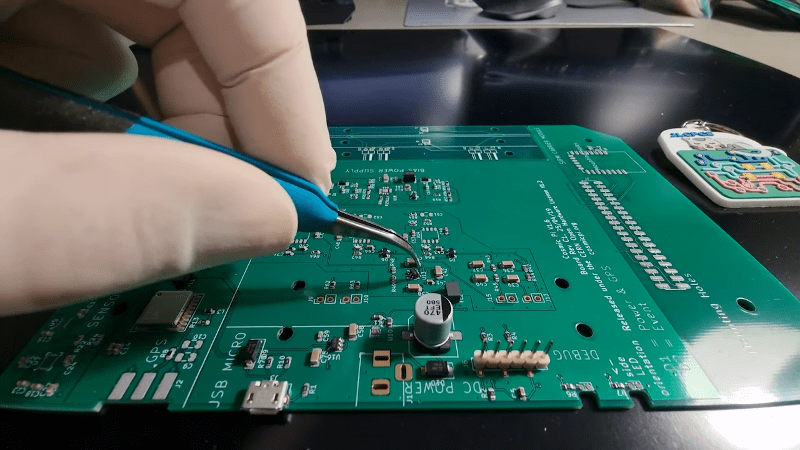Raspberry Pi Cosmic Ray Detector

[Marco] has a sodium iodide detector that indicates cosmic radiation by scintillation. The material glows when hit by cosmic rays and, traditionally, a photomultiplier tube detects the photos from the detection. After a quick demonstration that you can see in the video below, he built the Cosmic Pi, a CERN project to create a giant distributed cosmic ray detector. The Cosmic Pi uses scintillation, but not from a crystal. It uses a plastic scintillator and silicon photodetectors, so it is much easier to work with than a traditional detector.
Using a four-layer board and some harvested components, the device detects muons. There are two scintillation detectors and muons striking both detectors presumably don’t have a local origin. The instrument has a GPS to get accurate time and position data. There are other sensors onboard, too, to collect data about the conditions of each detected event.
Overall, it looked like a fun build. It was necessary to block the case from leaking light which could interfere with the sensitive measurements. We always appreciate citizen science projects and these massively distributed instruments are particularly exciting since you can be part of something really large.
We’ve seen cosmic ray detectors before. We’ve even seen them using people’s cell phones.
Post a Comment